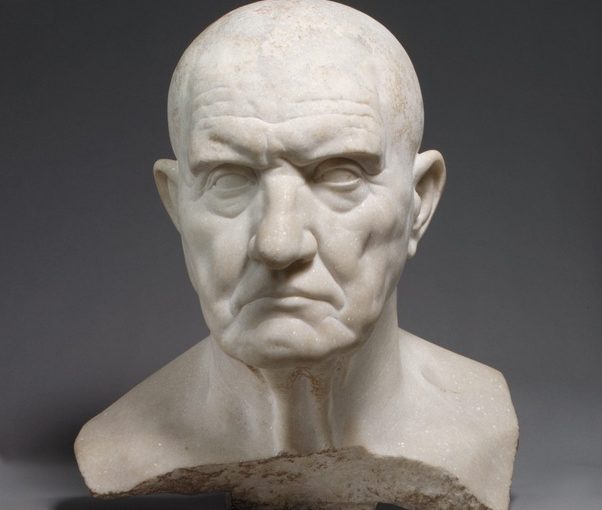The Ancient World is a mass and expansive subfield within Art History. It is here in unit 2 of our class where we delve further into the art of this Ancient World. We are taking a closer look at the art that has shaped Ancient Egypt, Ancient Greece and Ancient Rome. In analyzing the art of each of these civilizations, we are able to conceptualize them better and overall gain a better understanding of their ways of life, values and ideals. We have learned what is unique to the art of each of these civilizations as well as what common ground they share amongst one another.
Ancient Egypt contrasts a little more sharply when comparing it to the latter art of Ancient Greece and Ancient Rome. This contrast is accounted for in recognizing that the purpose of Ancient Egypt’s art was mainly divine worship, which isn’t predominantly seen in Greece and Egypt. For the Ancient Egyptians however, art was a way for them to worship the divine in order to ensure that their Gods and Goddesses would reward them not only in this life but in the afterlife as well. They often carried around small statues made out of limestone so that if they didn’t have time to extensively pray, these statues stood in place for them and acted as that prayer. They were usually designed with large eyes and ears to portray that the Egyptians were paying close attention to their divinities. Statues of gods, royalty, as well as the elite weren’t uncommon in Ancient Egypt and worked to “convey an idealized version of that individual” (Ancient Egyptian Art, by Dr. Amy Calvert). Ancient Egyptian statues, at least those of stone, were always respectfully clothed, and mainly were non expressive and rigid. Wood and metal statues, however, allowed the Egyptians to be more expressive in their art. Moving away from statues, two dimensional Ancient Egyptian art are vital to mention. In Ancient Egyptian paintings we see registers, which help depict hierarchy, hunting scenes, or instructions for the afterlife.
What makes art from Ancient Greece and Ancient Rome so different from that of Ancient Egypt is the fact that the concept of humanism was introduced and implemented in both of these civilizations. Instead of divine worship being the prime agent of change to make things happen, humanism is the belief that Man instead is the prime agent for change to make things happen. It is now Man who is the center of cosmological order and the ultimate recipient of blame due to their greater ability to make social and materialistic change. Inspired by this new way of thinking art in Ancient Greece and Ancient, we see a change in the way that art is being made. The human body is not vulnerable in a bad way that we go to the otherworldly representations.
In Ancient Greece we see an emphasis on naturalism, anatomy and movement-an emphasis on what it is that Man can do. Even when we see depictions of something otherworldly (such as Gods and Goddesses) within Ancient Greek art, these Gods and Goddesses even look more and more like humans (no animal heads for them like in Ancient Egypt). These Gods and Goddesses interact with people as well as take on human traits (such as vanity and jealousy). Ancient Greeks (and Ancient Romans) felt that human beings were of great value. This is reflected substantially so in Ancient Greek statues, which were all originally made in bronze (eventually melted down to only be later replicated in marble by the Romans). In Ancient Greek statues we see an emphasis of physicality and facial expressions that even depict personality. These statues are mainly nude, as the Ancient Greeks took pride in nudity and the human body, much different from the Ancient Egyptians who would’ve felt embarrassed of such a thing. Ancient Greece is more anatomically accurate as well, the statues are much more like us, existing in our space and moving into it. Unlike the rigidness of Ancient Egypt, in Ancient Greece there is a sense of movement. Once the Ancient Greeks decided they were bored with creating statues that idealized the human body, they moved onto capturing motion and emotion better.
Ancient Roman art follows Ancient Greek art quite closely in the way that it focuses on the same concept of humanism. Much like Ancient Greece, Ancient Roman statues breathed life and had movement to them that emphasized the importance of humanity. Unlike the Ancient Greek’s though, Ancient Roman’s didn’t focus on portraying an ideal and perfect beauty through their work. Instead Ancient Romans found that it was important


